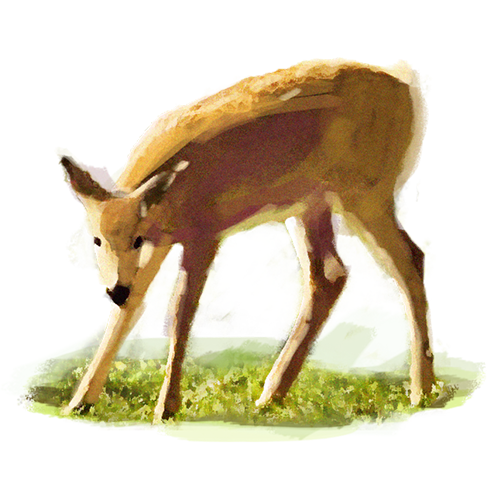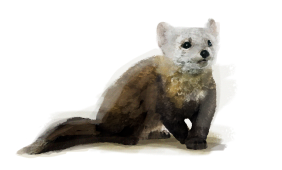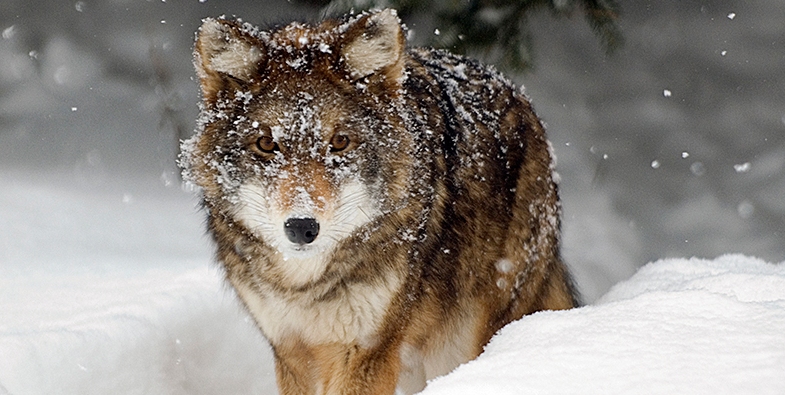
Article
How do animals prepare for winter?
Some may escape the cold altogether by migrating, as most birds will do, while others will hibernate, though this may take different forms. Many of our larger mammals will simply remain active, but this will require some preparation. Their fur will thicken and many will rely on a hefty fat supply to last them through tougher months. Some animals, like the White-tailed Deer, can lose up to 30% of their body weight through the increased energy expenditures of keeping warm, navigating through deep snow and looking for hidden food supplies. Others have evolved specific characteristics to help thrive, like the Lynx who has larger feet that serve as snowshoes and, contrary to most other felines, a smaller tail to help save energy and prevent frostbite.
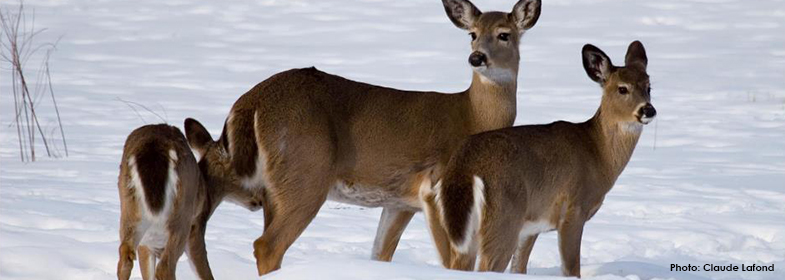
légende
Others will go into torpor, such as Racoons, who will feed off fat reserves during longer periods of inactivity, however they don’t hibernate in the true sense of the word since they don’t lose consciousness. The Black Bear, who’s body temperature will decrease a bit more than in torpor, will have a decrease in heart rate and metabolism, however a loud noise can sometimes awaken them: they are known to hibernate for many weeks throughout the winter months, though the duration can vary on the severity of the winter. It is during hibernation that babies will be born! Prior to going to sleep, these animals will fill up on fibrous vegetation to clog up their digestive system. They may wake periodically and eat some snow, but don’t eat food. Some animals will hibernate in an even deeper state where waking is not an option, but that is mainly seen in ectothermic animals (also called “cold blooded”), like reptiles and amphibians.
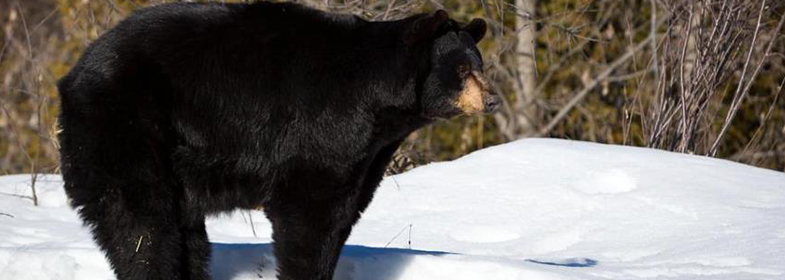
During the course of the summer, animals indulge in the abundance of food to regain lost weight from the winter past, and to load up for the winter to come. However the first frost does not follow a strict schedule, so how do animals know to prepare for the approaching winter? The answer lies within the length of sunlight hours that are decreasing slowly, known as the photoperiod. As the leaves begin to change colors, food becomes scarcer and the nights become longer and cooler. This is when we begin to notice fur thickening, when we say goodbye to the geese in the sky and when many animals start to disappear, some for up to 6 months!
Lucky for us, the cycle starts over year after year and they all return with the spring. On our side, we do our best with warm clothes, hot chocolate and a good dose of courage! Happy winter everyone!
